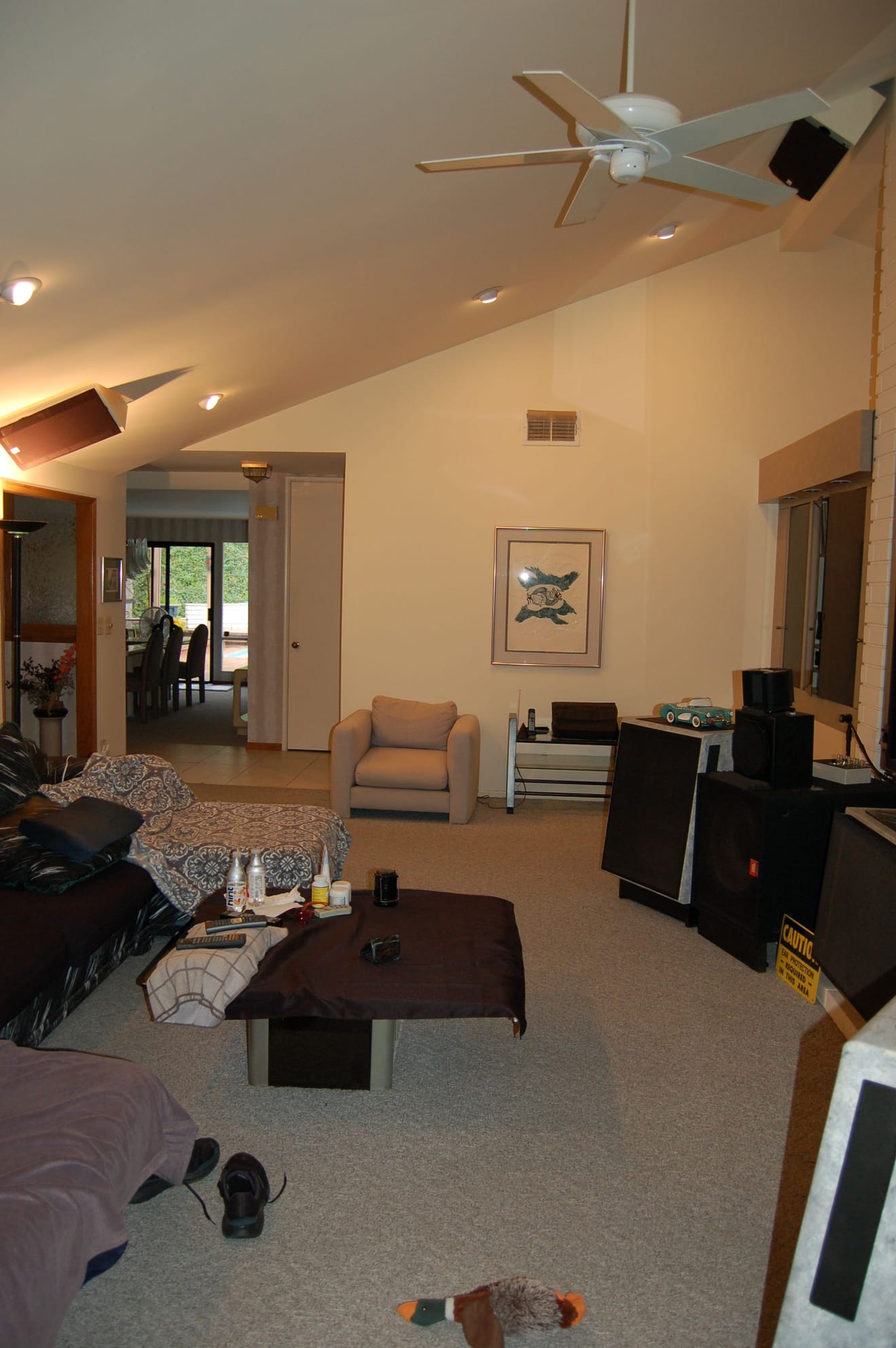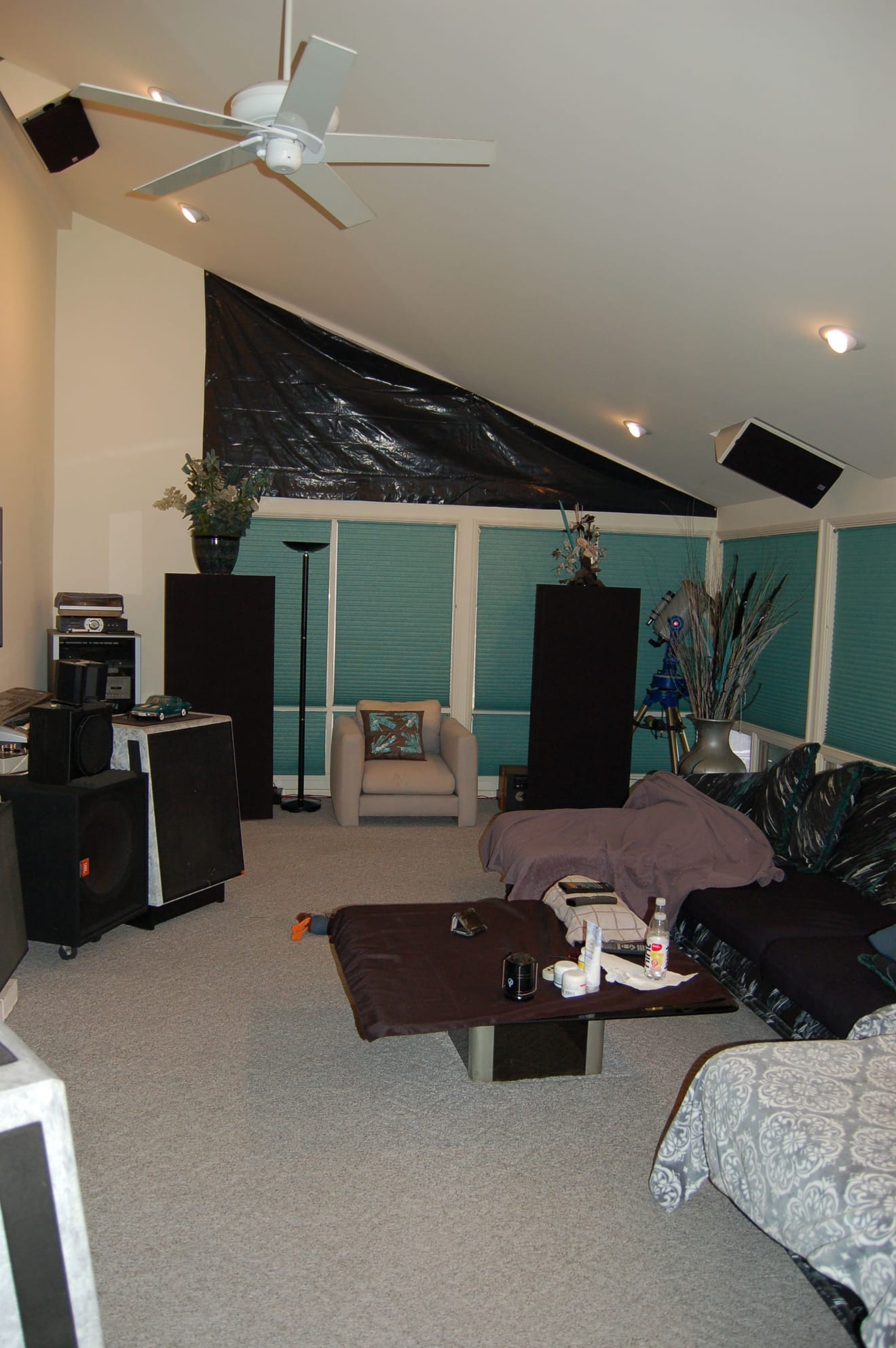This will be a simplified overview.
@polkalover, the "holy grail" of spatial quality is arguably the "you are there" presentation, wherein the venue spatial cues on the recording are perceptually dominant (whether they be real or engineered or both), rather than the "small room signature" cues of the playback room being perceptually dominant.
This can be accomplished by minimizing and/or disrupting the playback room’s cues, while effectively presenting the reverberation tails on the recording. The reverberation tails on the recording are the primary means by which the recording venue’s "sense of space" is conveyed, resulting in an enjoyable and/or realistic sensation of immersion/envelopment (depending on the recording).
Ideally we’d like the reverberation tails on the recording to arrive from many directions; to be spectrally correct; to be neither too loud nor too quiet; and to decay neither too fast nor too slow. With this end in mind, we can think of the in-room reflections as the CARRIERS for the reverberation tails on the recording! So in practice, we want the right amount of spectrally-correct reflection energy arriving from many directions; beginning to arrive neither too early nor too late; and decaying neither too fast nor too slow.
The earliest in-room reflections are the ones most detrimental to precise image localization, and they are also the ones which most strongly convey the playback room’s "small room signature" cues. So we want to minimize the earliest in-room reflections. Incidentally recording studios spend tens of thousands of dollars to minimize early reflections while preserving the later-arriving ones, which imo is something that can largely be accomplished in a home audio setting by loudspeaker design and set-up.
If we can combine a spectrally-correct, relatively late-onset reflection field (neither too loud not too quiet) with time-intensity trading for the first-arrival sound, while minimizing the undesirable early reflections, we can get a wide sweet spot along with a "you are there" presentation.
This is a complex topic and these aren’t the ONLY things we need to get right, but they are some of the big things that imo matter.
If by any chance you will be at T.H.E. Show in Costa Mesa, California, in early June, the Infigo Audio room will be exhibiting speakers whose characteristics enable a "you are there" presentation with an unusually wide sweet spot (when set up correctly), all without requiring extensive room treatment in most cases.
Let me know if you have questions; I kinda shoehorned a lot of ideas into a few paragraphs, some of which may not be sufficiently clear.
Duke



